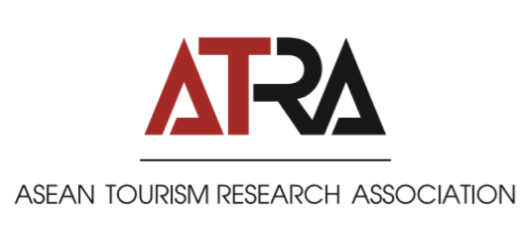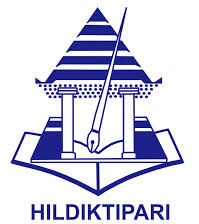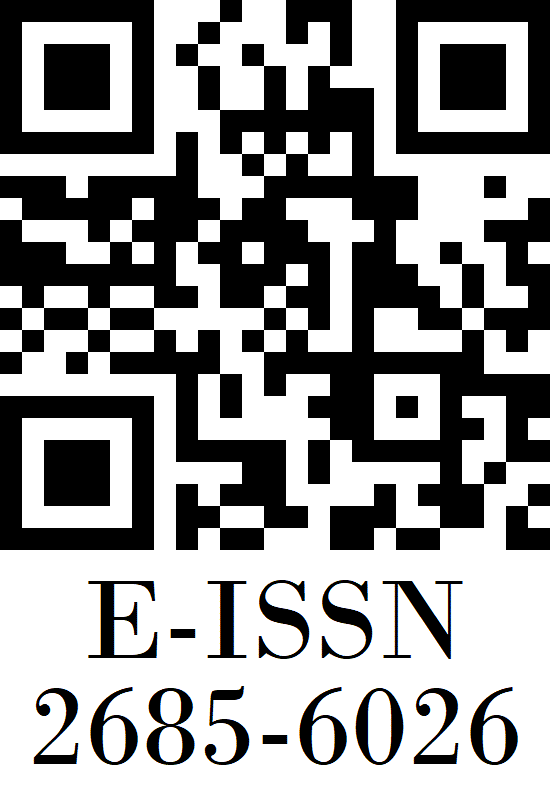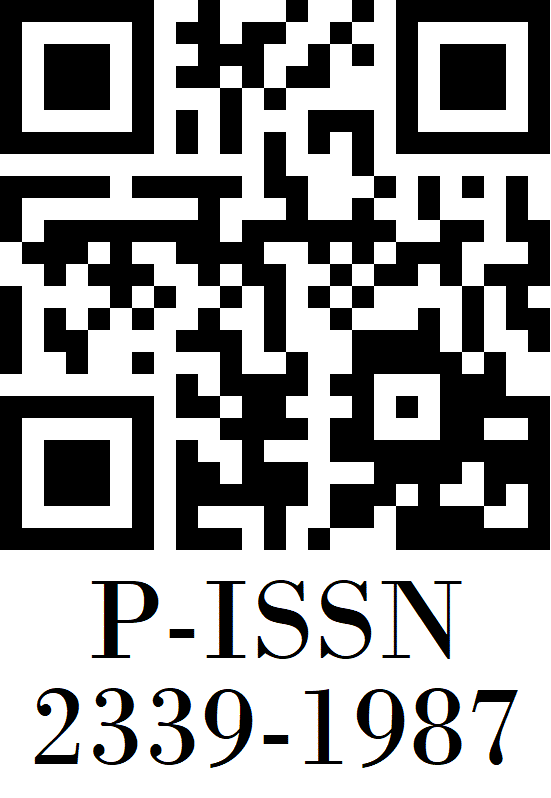PENGEMBANGAN DESA WISATA BERBASIS DAYA TARIK WISATA PETUALANGAN PADA MASA PANDEMI COVID-19 DI BALI
DOI:
https://doi.org/10.35814/tourism.v11i1.3424Keywords:
Tourism Village, Adventure Tourism, Tourist Attraction, Covid-19 PandemicAbstract
This study examines the strengths, weaknesses, opportunities and challenges of tourist villages in Bali; find important criteria in the development of tourist villages in Bali; and formulate strategic priorities for the development of tourist villages in Bali that offer adventure tourism attractions during the Covid-19 Pandemic. As a qualitative study, data analysis was carried out using SWOT, AHP, and a combination of SWOT and AHP. This study found that tourist villages with adventure tourism attractions during the Covid-19 Pandemic in Bali had strengths: variations in tourist attractions, community readiness to accept tourists during the Covid-19 Pandemic, people were easy to adapt, the implementation of health protocols was understood by the community; Weaknesses: public transportation to tourist villages, access is not well organized, tourist attractions are relatively the same; opportunities: potential to attract tourists, nature and culture support the development of tourist villages; and threats: digital technology in marketing tourism village products has not been evenly distributed, the entry of foreign investors into tourist villages. Three important criteria in the development of tourist villages during the Covid-19 Pandemic in Bali: concern for CHSE (score 0.351), security guarantees (score 0.34), and ease of CHSE facilities (score 0.329). Meanwhile, three strategic priorities need to be implemented: healthy tourism (score 0.89), sports tourism (score 0.67) and environmentally friendly tourism (score 0.58).
References
Bashar., Ajloni, A.A.A., 2012. Motivating Foreign Tourist to Visit The Rural Site in Jordan Village of Petra. Australian Journal of Business and Management Research, 2(5), 01-07.
Beedie, P., 2016. Adventure Tourism, Routledge International Handbook of Outdoor Studies, July, 463-471. https://doi.org/10.4324/9781315768465
Chang, F.H., Tsai, C.Y., 2016. Influences of The Cultural Implications and Tourism Attractiveness of Festival Tourism on Tourist Loyalty. Journal of Business and Management Studies, 2(1), 1-10.
Chiu, W., Zeng, S., Cheng, P.S.T., 2016. The Influence of Destination Image and Tourist Satisfaction on Tourist Loyalty A Case Study of Chinese Tourist in Korea. International Journal of Culture Tourism and Hospitality Research, 10(2), 223-234. DOI: 10.1108/IJCTHR-07-2015-0080
Dolors, M.G., Canoves., Valdovinos., 1995. Farm Tourism, Gender and The Environment in Spain. Annals of Tourism Research, 22(2), 267-282. https://doi.org/10.1016/0160-7383(94)00096-4
Dowling, R., 1996. Ecotourism in Thailand. Annals of Tourism Research, 23(2), 488-490.
Hermawan, H., 2016. Dampak Pengembangan Desa Wisata Nglanggeran Terhadap Ekonomi Masyarakat Lokal. Jurnal Pariwisata, 3(2), 105-117.
Iakovidou, O., 1995. The Female Gender in Greek Agrotourism. Annals of Tourism Research, 22(2), 481-484. https://doi.org/10.1016/0160-7383(94)00099-9
Kemenparekraf, 2018. Pedoman Safety Code Wisata Petualangan. Jakarta: Deputi Bidang Pengembangan Industri dan Pariwisata.
Lee, T. H., & Jan, F. H., 2019. Can Community-based Tourism Contribute to Sustainable Development? Evidence from Residents’ Perceptions of the Sustainability. Journal Tourism Management, 70, 368-380.
Leu, W., 1992. The Swiss Experience, In Nuryanti (editor), Universal Tourism Enriching or Degrading Culture. Yogyakarta: Gadjah Mada University Press, p.132-138.
Ma’ruf, M.F., Kurniawan, B., & Pangestu, R.P.A.G., 2017. Desa Wisata Sebuah Upaya Mengembangkan Potensi Desa Dan Meningkatkan Pendapatan Asli Desa (Studi Pada Desa Wisata Bejiharjo Kecamatan Karangmojo Kabupaten Gunungkidul). Dinamika Governance Jurnal Ilmu Administrasi Negara, 7(2), 192-202.
Mason, P., & Cheyne, J., 2000. Residents’ Attitudes to Proposed Tourism Development. Annals of Tourism Research, 27(2), 391-411.
Mustangin., Kusniawati, D., Islami, N.P., Setyaningrum, B., Prasetyawati, E., 2017. Pemberdayaan Masyarakat Berbasis Potensi Lokal Melalui Program Desa Wisata Di Desa Bumiaji. Sosioglobal Jurnal Pemikiran dan Penelitian Sosiologi, 2(1), 58-72.
Mutana, S., & Mukwada, G., 2018. Mountain-route Tourism and Sustainability A Discourse Analysis of Literature and Possible Future Research. Journal of Outdoor Recreation and Tourism, 24(August), p.59-65. https://doi.org/10.1016/j.jort.2018.08.003
Nuryanti, W., 1993. Concept, Perspective and Challenges. Naskah Lengkap Laporan Konferensi Internasional mengenai Pariwisata Budaya. Yogyakarta: Gadjah Mada University Press.
Oppermann, M., 1996. Rural Tourism in Southern Germany. Annals of Tourism Research, 23(1), 86-102. https://doi.org/10.1016/0160-7383(95)00021-6
Prasiasa, D.P.O., Hermawan, H., 2012. Pengembangan Wisata Bahari di Indonesia. Jakarta: Pusat Penelitian dan Pengembangan Kebijakan Kepariwisataan Kemenparekraf.
Prasiasa, D.P.O., Widari, D.A.D.S., 2017. Desa Wisata Potensi dan Strategi Pengembangan. Denpasar: Pustaka Larasan.
Prasiasa, D.P.O., Widari, D.A.D.S., Kurniady, D.A., Sutono, A., 2020. Interpreting Local Cuisine as a Tourism Attraction Klungkung City. Journal Talent Development and Excellence, 12(1s), 56-65.
Promkes Kementerian Kesehatan Republik Indonesia dan Perhimpunan Dokter Paru Indonesia. https://stoppneumonia.id/informasi-tentang-virus-corona-novel-coronavirus/ Diakses Pada Tanggal 20 Agustus 2021
Rajaratnam, S.D., Nair, V., 2015. Destination Quality an Tourist’ Behavioural Intentions Rural Tourist Destinations in Malaysia. Journal Emerald Worldwide Hospitality and Tourism Themes, 7(5), 463-472. DOI: 10.1108/whatt-06-2015-0026
Seliari, T., Ikaputra, 2021. Ekowisata Utopia Dalam Keberlanjutan. Jurnal Ilmiah Pariwisata, 26(2), 193-203.
Sung, H. H., 2004. Classification of Adventure Travelers Behavior Decision Making and Target Markets. Journal of Travel Research, 42(4), 343-356. https://doi.org/10.1177/0047287504263028
Wasantara, P., 2010. Konsepsi Wawasan Nusantara. Jakarta: Pokja Wasantara Lemhannas.
Yetim, A.C., 2017. Determining The Benefits of Adventure Tourism from a Providers’ Perspective in Fethiye. Global Journal of Business, Economics and Management: Current Issues, 7(1), 2. https://doi.org/10.18844/gjbem.v7i1.1390.
Yoeti, Oka A., 2006. Tours and Travel Marketing. Jakarta: Pradnya Paramita.























